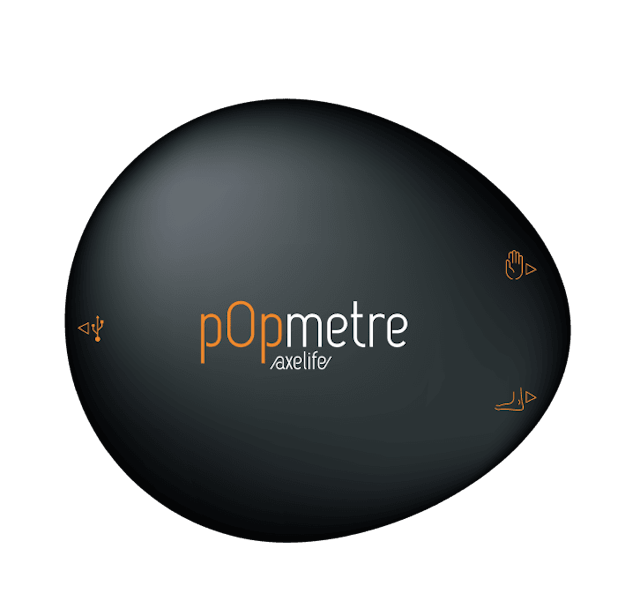Detecting Type 2 Diabetes (DT2) Using Photoplethysmography (PPG) Signals
Type 2 diabetes is a chronic condition affecting millions worldwide, characterized by high blood sugar levels resulting from the body's inability to effectively use insulin. Early detection of this condition is crucial for timely intervention and management. Recent advancements in medical technology have paved the way for innovative diagnostic approaches, one of which involves the utilization of Photoplethysmography (PPG) signals.
What is PPG?
PPG is a non-invasive optical technique that measures changes in blood volume within the microvascular bed of tissue. It typically involves placing a sensor on the skin's surface, often on a fingertip or earlobe, emitting light into the tissue and measuring the variations in light absorption caused by blood flow. While PPG has been primarily used for pulse rate monitoring and oxygen saturation measurement, researchers have increasingly explored its potential in detecting various health conditions, including diabetes.
PPG appears to be promising for DT2 detection
The principle behind using PPG for diabetes detection lies in the vascular changes associated with the disease. Diabetes can lead to microvascular complications, altering blood flow dynamics and causing abnormalities in the peripheral circulation. These changes manifest in the PPG waveform, offering valuable insights into vascular health and potential diabetic conditions.
Studies have demonstrated promising results in utilizing PPG signals for diabetes screening and monitoring. Researchers have developed algorithms to analyze PPG waveforms, extracting features indicative of diabetic conditions such as arterial stiffness, endothelial dysfunction, and microcirculation abnormalities. By comparing these features against established patterns associated with diabetes, healthcare professionals can identify individuals at risk or already diagnosed with type 2 diabetes.
Moreover, the non-invasive nature of PPG makes it particularly attractive for widespread screening programs and continuous monitoring applications. Individuals can undergo PPG measurements conveniently and frequently without discomfort or risk, allowing for early detection of diabetes-related vascular changes and timely intervention to prevent or manage the disease's progression.
Conclusion on the detection of Type 2 diabetes through PPG
However, while PPG shows promise as a diagnostic tool for type 2 diabetes, several challenges remain. Standardization of measurement protocols, validation of algorithms across diverse populations, and integration of PPG technology into existing healthcare systems are necessary steps to ensure its widespread adoption and clinical utility. The detection of type 2 diabetes using PPG signals represents a promising avenue in the field of medical diagnostics. By leveraging the insights provided by PPG waveform analysis, healthcare professionals can enhance early detection efforts, facilitate timely intervention, and improve the management of diabetes-related complications. Continued research and development in this area hold the potential to revolutionize diabetes care, offering a non-invasive, accessible, and effective approach to disease detection and monitoring.
